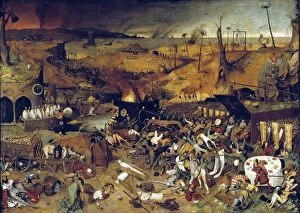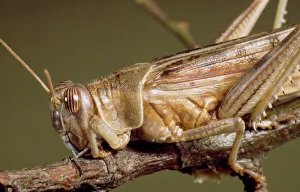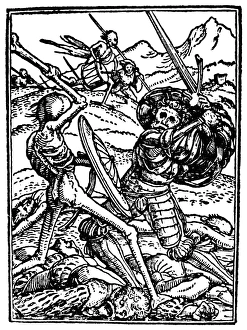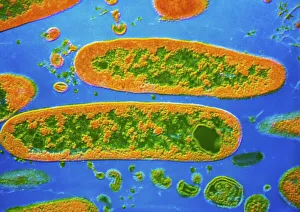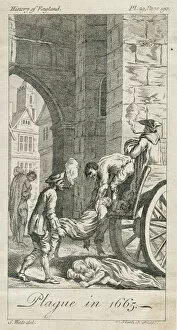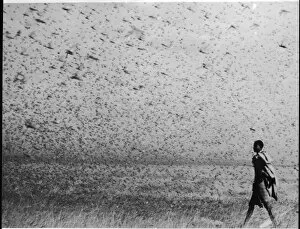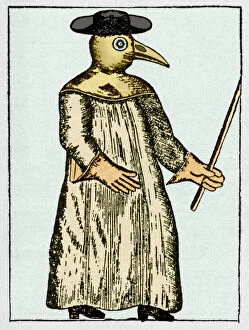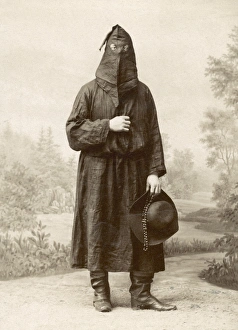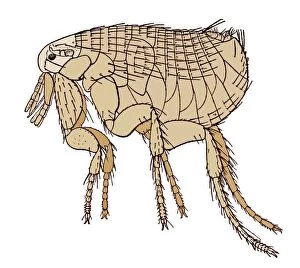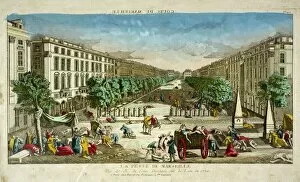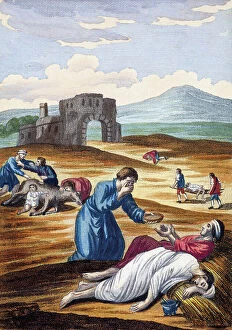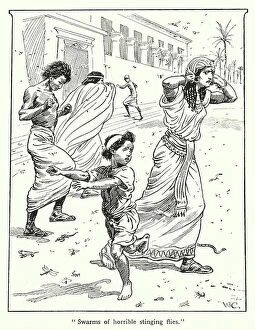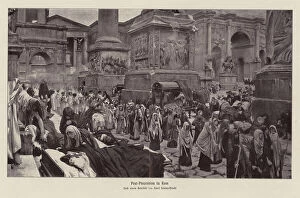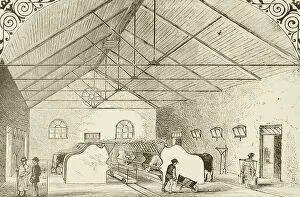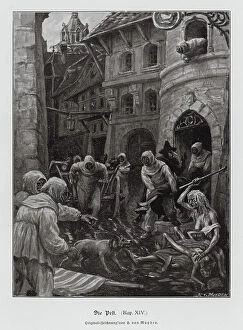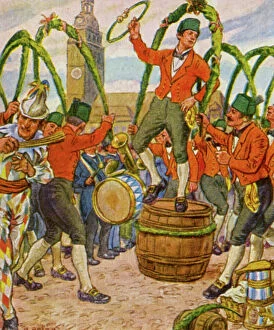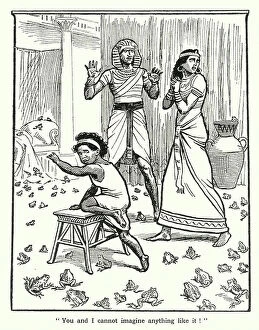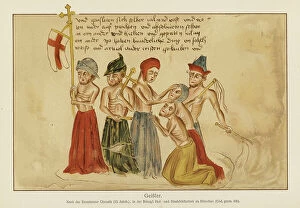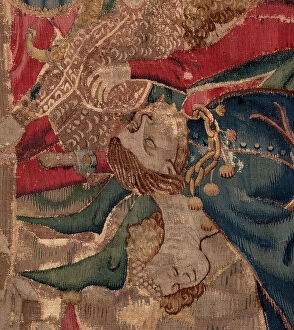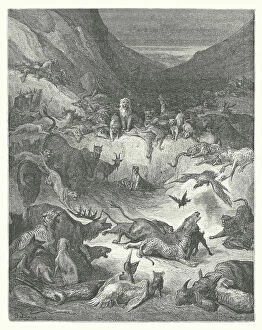Plague Collection
"Unveiling the Dark Shadows: A Glimpse into the Plague's Grip on Humanity" In Bruegel's haunting masterpiece, "Triumph of Death
All Professionally Made to Order for Quick Shipping
"Unveiling the Dark Shadows: A Glimpse into the Plague's Grip on Humanity" In Bruegel's haunting masterpiece, "Triumph of Death, " we witness a chilling portrayal of the devastating plague that ravaged Europe in the 16th century. The artist's tempera on panel captures the grim reality and despair that engulfed communities during this time. Amidst this chaos, Schistocerca gregaria, also known as desert locusts, added to the misery by descending upon already weakened populations, exacerbating hunger and suffering. These swarms became harbingers of doom, symbolizing nature's merciless onslaught. The image of a plague doctor from the 18th century emerges—a figure shrouded in protective dress with an eerie beaked mask. This peculiar attire aimed to shield physicians from contagion but also instilled fear among those they sought to aid. Hans Holbein's woodcut from "The Dance of Death" series further illustrates mankind's futile struggle against death itself. In "Death and the Soldier, " mortality triumphs over strength and valor, reminding us that no one is spared when plagued by disease. Yersinia pestis bacteria come into focus through a colored TEM image—tiny organisms responsible for spreading bubonic plague across continents. Alexandre Yersin played a pivotal role in identifying these deadly microbes and developing treatments to combat their wrath. As we delve deeper into history, images emerge depicting brave souls collecting plague victims—an arduous task fraught with danger yet driven by compassion. Their selfless acts embody humanity’s resilience even amidst unimaginable horrors. Giovanni Battista Tiepolo portrays Saint Thecla fervently praying for those afflicted by this scourge in his painting from 1758-59. Her unwavering faith serves as a beacon of hope amid darkness—a reminder that solace can be found even in times of great distress.

